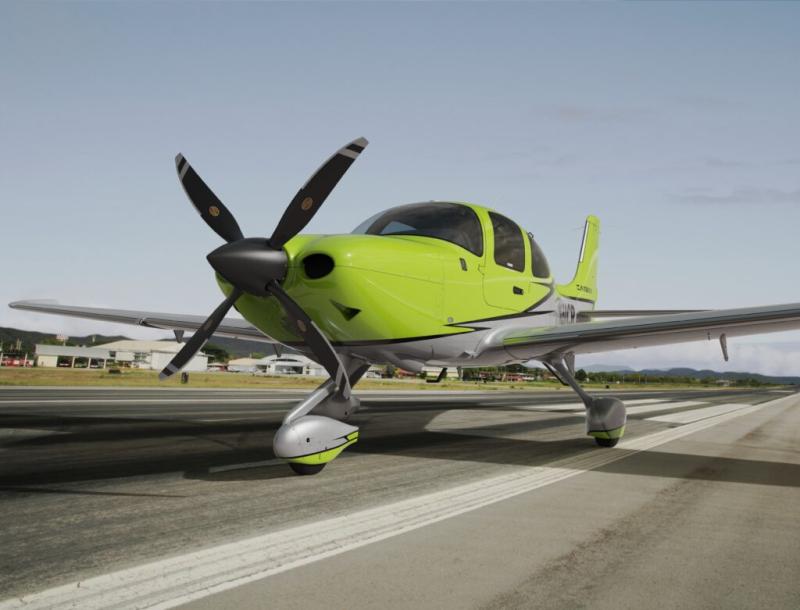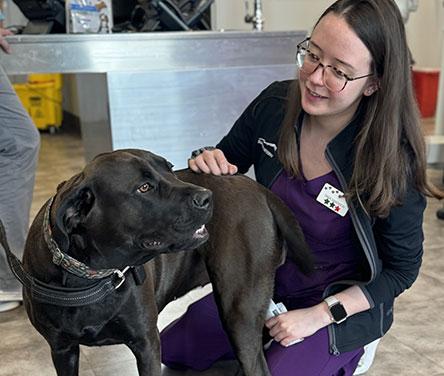What is an aircraft annual inspection including?

An aircraft annual inspection is a comprehensive evaluation required by the Federal Aviation Administration (FAA) to ensure the continued airworthiness of aircraft. This inspection is vital for maintaining aircraft safety and performance, and it must be carried out at least once every 12 calendar months. The annual inspection involves a detailed review of the aircraft’s structural integrity, engine functionality, electrical systems, avionics, and more.
1. Purpose of an Aircraft Annual Inspection
The primary objective of the aircraft annual inspection is to ensure that the aircraft continues to meet airworthiness standards set by the FAA. Regular inspection helps detect and mitigate potential issues before they lead to accidents, thereby ensuring the safety of both pilots and passengers. For private and commercial aircraft alike, these inspections are non-negotiable and are a critical part of an aircraft's maintenance schedule.
2. Components of the Annual Inspection
The annual inspection involves several critical areas of the aircraft, each essential for safe operation. The process typically follows a checklist to ensure that all areas are thoroughly reviewed.
Fuselage and Wings
Fuselage Inspection: The aircraft’s body, or fuselage, is inspected for corrosion, cracks, and structural integrity. This includes checking the skin, doors, windows, and attachment points where the wings and tail are mounted.
Wing Inspection: The wings are inspected for the same issues, including a review of the flaps, ailerons, and leading edges. Mechanics will check for signs of metal fatigue, deformation, and any visible damage.
Landing Gear System
Tires and Wheels: The tires are checked for proper inflation, tread wear, and cracks. The wheels, including the rims, are inspected for signs of damage and corrosion.
Braking System: Brake pads and rotors are inspected for wear. The hydraulic systems controlling the brakes are also checked for fluid leaks and functional performance.
Shock Absorbers: The landing gear's shock-absorbing components are inspected for damage and proper operation.
Engine and Propeller
Engine Components: The engine is perhaps the most critical part of the aircraft inspection. Mechanics will examine the engine for oil leaks, signs of wear, and unusual noises. This includes checking the cylinders, pistons, valves, and spark plugs. A detailed oil analysis may also be performed to check for metal particles that indicate internal engine wear.
Propeller: The propeller is inspected for structural integrity, cracks, and dents, as well as proper attachment to the engine. Any signs of erosion or corrosion are addressed, and the propeller governor (which regulates propeller speed) is examined for proper operation.
Flight Control System
Control Surfaces: The ailerons, elevators, and rudders are inspected for proper movement and freedom from interference. This also includes examining the cables, pulleys, and hinges that control these surfaces for wear or damage.
Trim Systems: These systems help the pilot aircraft maintenance Florida stability during flight. Any malfunctions in trim tabs, actuators, or other related components are addressed.
Electrical System
Battery and Connections: The aircraft’s battery is checked for charge and performance. Electrical connections are examined for corrosion, and wiring is inspected for fraying or damage.
Avionics and Instruments: The avionics suite, which may include the GPS, communication radios, and transponder, is inspected to ensure everything works properly. This may also involve testing the pitot-static system, which powers critical flight instruments like the altimeter and airspeed indicator.
Fuel System
Fuel Tanks: The tanks are inspected for leaks, corrosion, and proper sealing. Mechanics will check the fuel filters and lines to ensure there is no blockages or contamination.
Fuel Pumps and Gauges: The fuel pumps are tested to verify proper function, and fuel gauges are calibrated if needed. The system must deliver fuel efficiently to the engine without leaks or pressure issues.
Exhaust System
Exhaust Inspection: The exhaust system is inspected for cracks, leaks, and blockages. Any signs of corrosion or unusual wear patterns are addressed immediately, as exhaust leaks can lead to carbon monoxide entering the cabin or engine performance issues.
Interior and Cockpit
Seats and Safety Equipment: Seats, seatbelts, and any onboard safety equipment like fire extinguishers and life vests are inspected to ensure they are in good condition.
Instruments and Controls: All cockpit instruments are examined for proper function, including gauges, switches, and knobs. Any loose or malfunctioning components are tightened or replaced.
Corrosion Control
Corrosion is one of the biggest long-term threats to an aircraft's airworthiness. Mechanics will look for signs of corrosion on both exterior and interior metal surfaces, especially in high-moisture areas. If corrosion is detected, it must be treated promptly to prevent structural damage.
Common Issues Found During Annual Inspections
Several issues commonly arise during the annual inspection. These include:
Oil Leaks: Even small leaks can indicate significant internal engine problems if left unchecked.
Worn Brake Pads: Brakes tend to wear out quickly, and failure to replace them can lead to serious safety concerns.
Corrosion: Especially for aircraft stored in humid environments, corrosion can be an ongoing issue.
Frayed Control Cables: Control cables, which connect the cockpit controls to the flight surfaces, can wear over time and must be replaced if damaged.
Required Documentation
The FAA mandates that proper documentation is maintained for every annual inspection. This includes:
Logbook Entries: After the inspection is complete, the certified mechanic must make an entry in the aircraft’s maintenance logbook. This entry must include the date of inspection, the mechanic's certification number, and a statement that the aircraft is airworthy or a description of any discrepancies found.
Airworthiness Directives (AD) Compliance: Any ADs issued by the FAA that apply to the specific aircraft must be addressed and noted in the logbook.
Cost of an Annual Inspection
The cost of an annual inspection can vary widely depending on the type and size of the aircraft. For smaller general aviation aircraft, an inspection can range from $1,000 to $3,000, while larger or more complex aircraft may incur higher costs. These costs can increase if significant repairs or parts replacements are necessary.
Frequency and Scheduling
Resort flight school requires the annual inspection to be performed every 12 months. Scheduling inspections well in advance ensures that mechanics have ample time to conduct a thorough review, and it allows owners to address any maintenance issues without rushing.










Comments